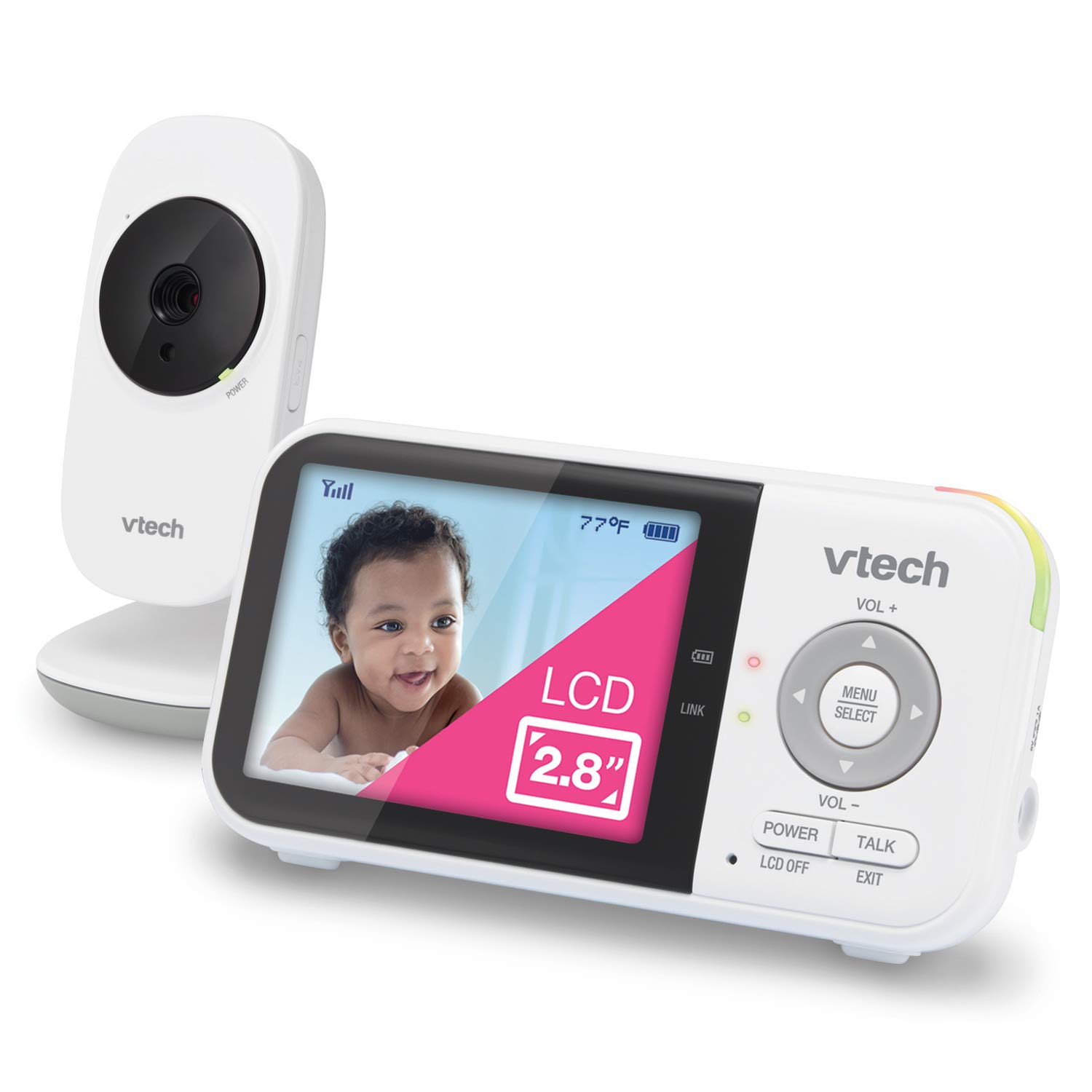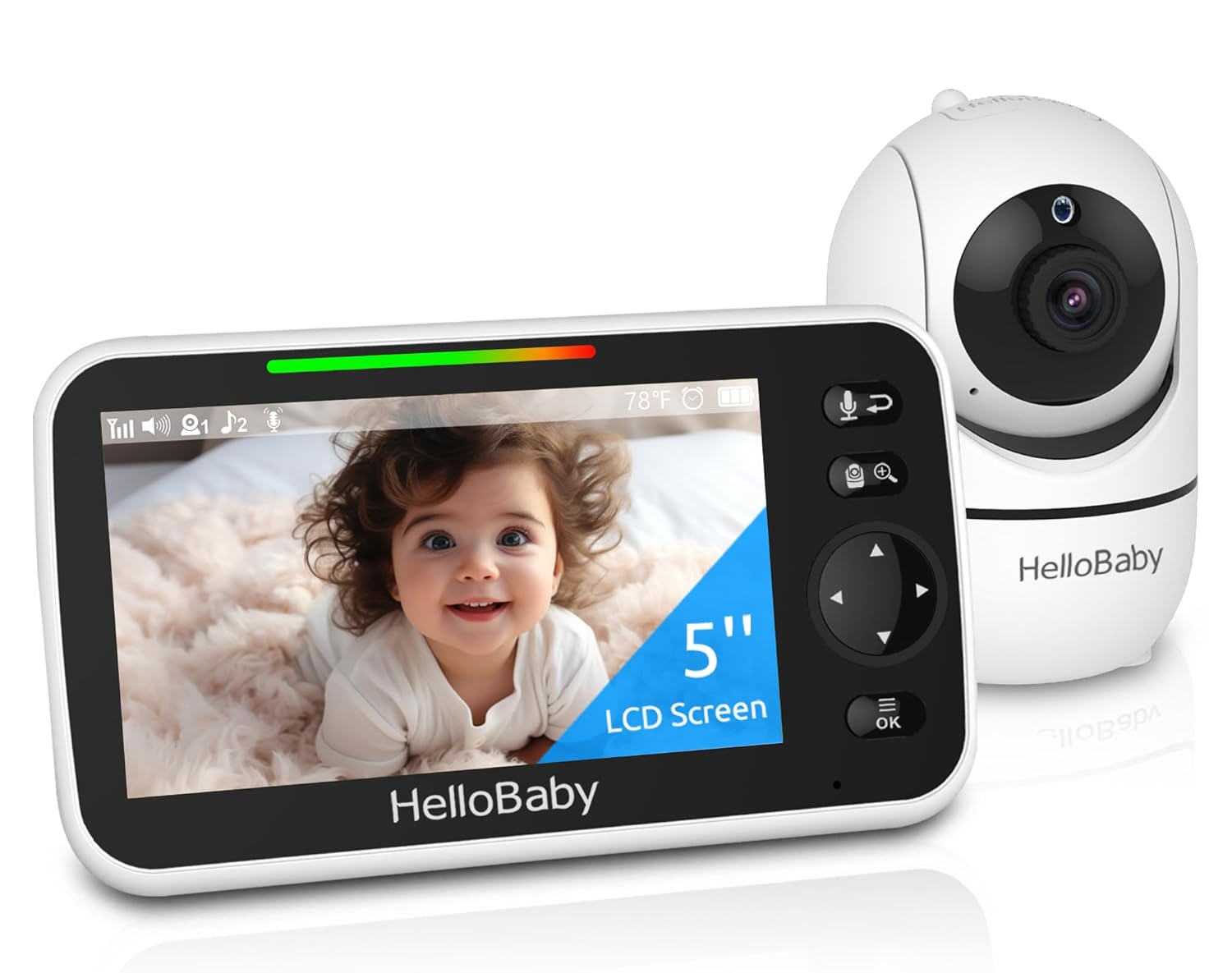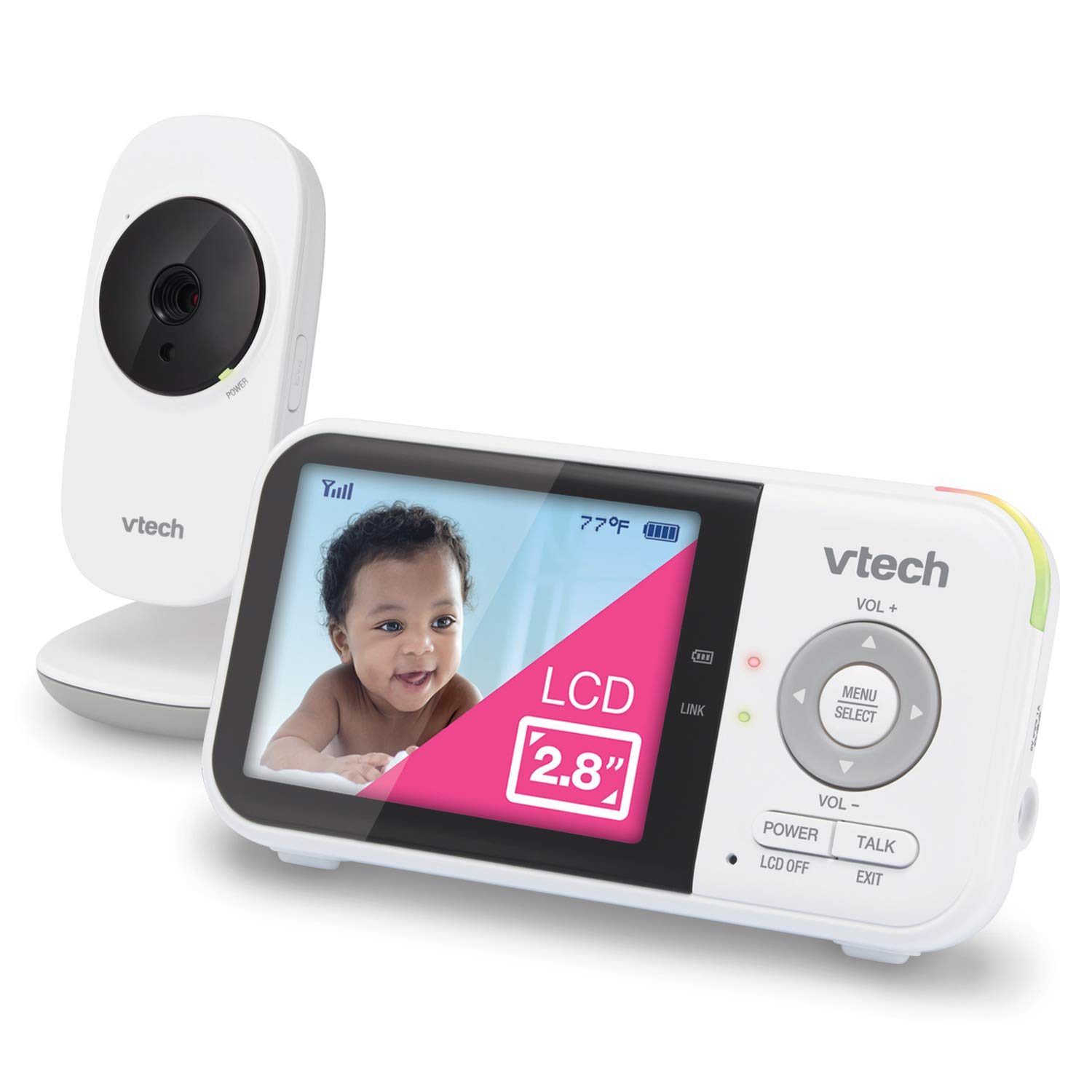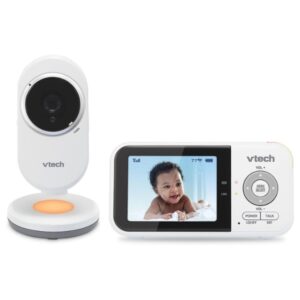When it comes to choosing a baby monitor, parents often ask: Is WiFi or non WiFi baby monitor better? Both options have their advantages and drawbacks, and selecting the right one depends on your specific needs. In this article, we will compare WiFi and non-WiFi baby monitors in terms of security, convenience, reliability, and overall performance to help you make an informed decision.
Understanding WiFi and Non-WiFi Baby Monitors
WiFi Baby Monitors
WiFi baby monitors connect to your home internet, allowing you to access the video and audio feed via a smartphone app. This means you can monitor your baby from anywhere, as long as you have an internet connection.
Pros:
- Remote access from any location
- High-definition video quality
- Cloud storage options for recorded footage
- Can be integrated with smart home devices
Cons:
- Requires a stable internet connection
- Vulnerable to hacking if not properly secured
- Potential monthly subscription costs for cloud storage
Non-WiFi Baby Monitors
Non-WiFi baby monitors use radio frequencies or DECT technology to transmit audio and video. These monitors typically include a parent unit with a screen or speaker to receive the feed.
Pros:
- More secure as they don’t rely on the internet
- No risk of hacking
- Lower latency with real-time monitoring
- Doesn’t depend on WiFi connectivity
Cons:
- Limited range (usually within 1000 feet)
- No remote access outside the home
- Lower video resolution compared to some WiFi monitors
Is WiFi or Non-WiFi Baby Monitor Better for Security?
Security is a major concern for parents when choosing a baby monitor. WiFi baby monitors can be accessed remotely, which is convenient but also poses a risk of hacking if not properly secured. Non-WiFi baby monitors, on the other hand, operate on a closed system, making them much safer from cyber threats.
To enhance security, if you choose a WiFi baby monitor, consider the following precautions:
- Use strong, unique passwords
- Enable two-factor authentication
- Regularly update firmware
- Use a secure home network
Is WiFi or Non-WiFi Baby Monitor Better for Reliability?
WiFi baby monitors rely on an internet connection, which means any disruption in service can cause lag or disconnections. Non-WiFi monitors provide a more stable and immediate connection but have limited range. If you experience frequent WiFi issues at home, a non-WiFi monitor might be a more reliable choice.
Which One is More Convenient?
If you want to monitor your baby while at work or running errands, a WiFi baby monitor is the better option. However, if you only need monitoring within your home, a non-WiFi baby monitor can be more practical since it works instantly without setup or internet reliance.
Cost Considerations
The cost of a baby monitor varies based on features. WiFi baby monitors may have additional expenses, such as:
- Cloud storage fees
- Subscription-based features
Non-WiFi monitors generally have a one-time cost with no additional charges.
Image | Product | Features | View |
|---|---|---|---|
Hello Baby Upgrade Baby Monitor |
| ||
VTech VM819 Baby Monitor with Camera and Audio |
| ||
iFamily Baby Monitor |
|
How We Test the Best Baby Monitors
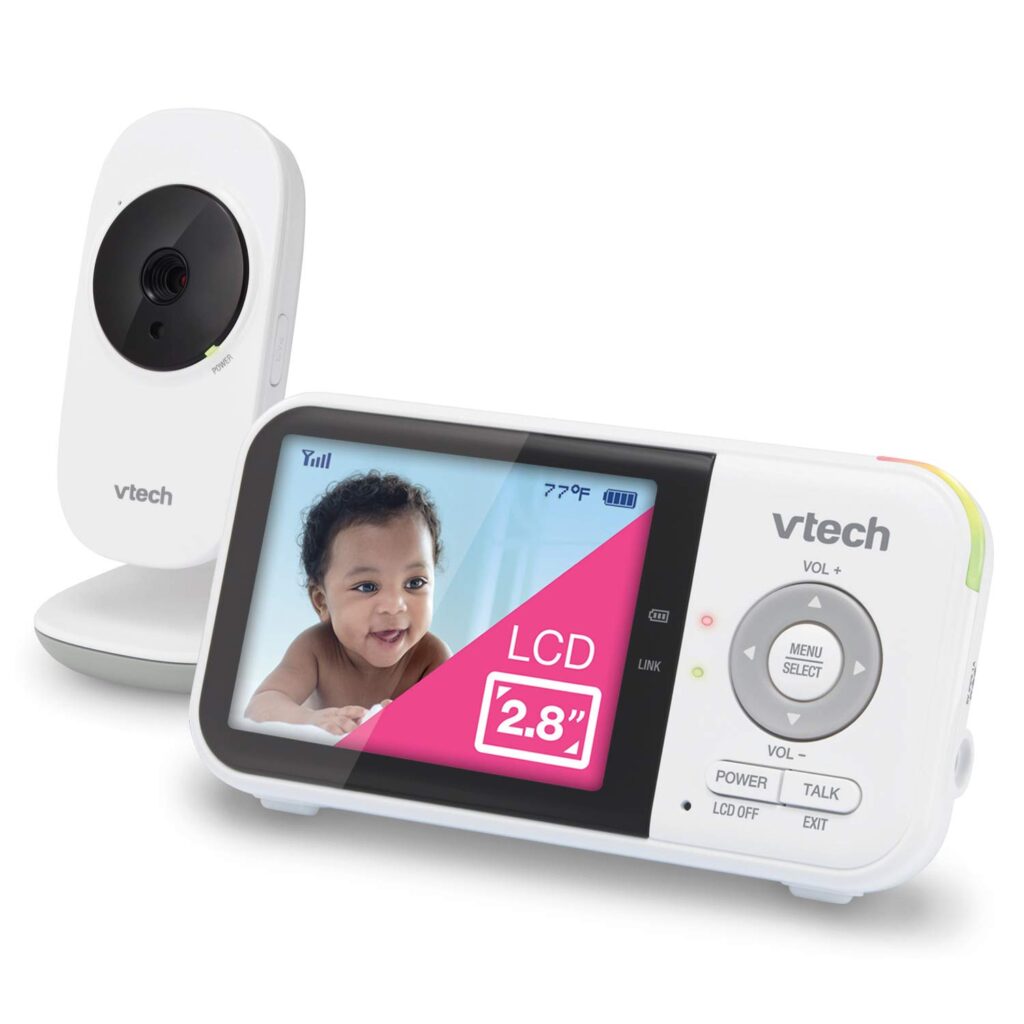
When determining is WiFi or non WiFi baby monitor better, we conduct thorough testing based on several essential criteria. Our evaluation process ensures we provide reliable recommendations to help parents choose the best option for their needs.
Key Factors in Testing
- Video and Audio Quality – We assess the clarity and reliability of video feeds and sound transmission to ensure a high-quality monitoring experience.
- Security Measures – For WiFi baby monitors, we check for encryption, two-factor authentication, and security protocols to minimize hacking risks.
- Connectivity and Range – Non-WiFi monitors are tested for interference and range limitations, while WiFi monitors are evaluated for network stability.
- Ease of Use – We examine setup simplicity, user interface design, and overall ease of operation for both WiFi and non-WiFi monitors.
- Battery Life – Portable and parent units are tested for battery efficiency to ensure uninterrupted monitoring.
- Smart Features – We analyze additional features like temperature sensors, motion detection, and compatibility with smart home systems.
By analyzing these factors, we ensure our recommendations cater to various parenting needs and preferences.
Where to Buy the Best Baby Monitors?
When looking for the best baby monitor, it’s essential to choose a reliable retailer that offers a variety of options to suit your needs. You can purchase baby monitors from well-known online marketplaces like Amazon, Walmart, and Best Buy, which provide extensive customer reviews, warranty options, and competitive prices.
Best Places to Buy Baby Monitors:
- Amazon – Amazon offers a vast selection of both WiFi and non-WiFi baby monitors with verified customer reviews. It also provides fast shipping and return options.
- Walmart – Walmart has a good range of baby monitors, including budget-friendly and high-end models, available for in-store pickup or delivery.
- Best Buy – Best Buy specializes in electronics and provides expert advice, along with options to compare various models side by side.
- Target – Target features a selection of baby monitors that cater to different budgets and includes in-store shopping benefits.
- Manufacturer Websites – Buying directly from brands like Infant Optics, Nanit, or Motorola ensures you get authentic products with manufacturer warranties and exclusive deals.
Before making a purchase, consider factors like video quality, battery life, range, and security features. Comparing product reviews and checking return policies can help you make an informed decision.
Related Article: What to Consider When Choosing a Baby Monitor?
Conclusion
So, is WiFi or non-WiFi baby monitor better? The answer depends on your needs. If you prioritize remote access and high-definition video, a WiFi baby monitor is the way to go. However, if security and reliability are your top concerns, a non-WiFi baby monitor is the safer choice. Consider your home setup, security preferences, and budget before making a decision.
Amazon Affiliate Disclaimer
This article contains affiliate links. As an Amazon Associate, we earn from qualifying purchases at no additional cost to you.
By weighing the pros and cons, you can confidently choose the right baby monitor that suits your lifestyle and keeps your little one safe.
FAQs
1. Is WiFi or non-WiFi baby monitor better for travel?
A non-WiFi baby monitor is better for travel as it doesn’t require internet and works instantly.
2. Are WiFi baby monitors safe from hackers?
They can be, but only if you follow security measures like strong passwords and encrypted connections.
3. Can I use a non-WiFi baby monitor in a large house?
It depends on the range. Some models offer extended range, but walls and interference can affect performance.
4. Do WiFi baby monitors have monthly fees?
Some do, especially those offering cloud storage or premium features.
5. Can a non-WiFi baby monitor work without power?
Most require electricity, but some come with battery backup.

